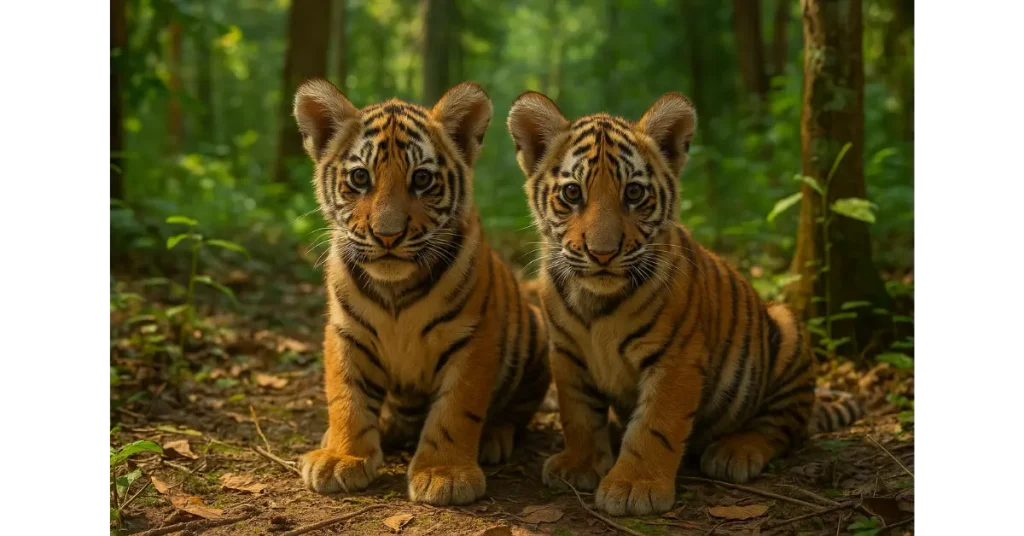Posted inAnimal
Tiger Cubs Spotted in Thailand’s Forest: A Conservation Success Story
Conservationists in Thailand celebrated a remarkable milestone. In the lush Dawna Tenasserim Landscape, hidden cameras captured three playful tiger cubs trailing their mother through the dense forest. The footage shows…

